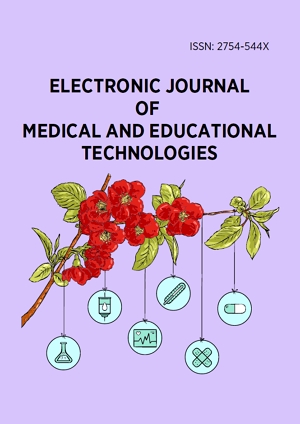Volume 13, Issue 3, September 2020
Review Article
Risk of COVID-19 for Patients with Cancer: A Narrative Overview
EUROPEAN J MED ED TE, Volume 13, Issue 3, September 2020, Article No: em2008
https://doi.org/10.30935/ejmets/8257Original Article
Local Infiltration of Bupivacaine versus Placebo for Post-Operative Pain Relief Following Elective Lichtenstein Hernioplasty: A Randomized Controlled Trial
EUROPEAN J MED ED TE, Volume 13, Issue 3, September 2020, Article No: em2011
https://doi.org/10.30935/ejmets/8322Original Article
Mental Health and Psychosocial Implications on the Medical Workers during the Pandemic COVID-19 Outbreak in Pakistan: An Empirical Review
EUROPEAN J MED ED TE, Volume 13, Issue 3, September 2020, Article No: em2012
https://doi.org/10.30935/ejmets/8374Original Article
Knowledge, Attitude, and Awareness Related to COVID-19 Pandemic Among the Public, Saudi Arabia: A Cross-Sectional Descriptive Study
EUROPEAN J MED ED TE, Volume 13, Issue 3, September 2020, Article No: em2013
https://doi.org/10.30935/ejmets/8488Review Article
Comparison between symptoms of COVID-19 and other respiratory diseases
EUROPEAN J MED ED TE, Volume 13, Issue 3, September 2020, Article No: em2014
https://doi.org/10.30935/ejmets/8489
